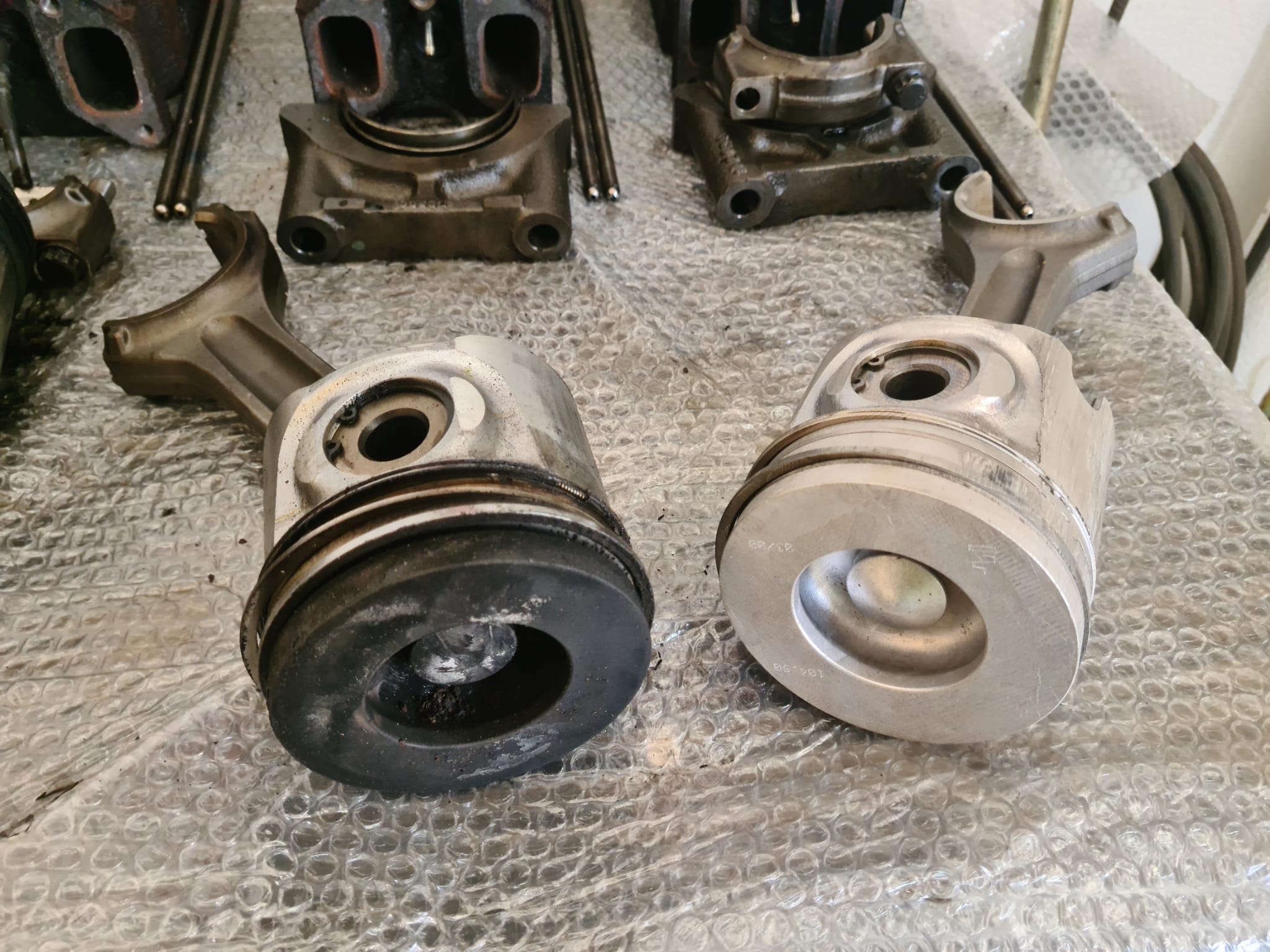LASER CLEANING
|
|
Laser Cleaning |
Chemical Cleaning |
Mechanical Cleaning |
Dry Ice |
Ultrasonic Cleaning |
|
Cleaning method |
No contact |
Chemical contact |
Mechanical abrasion |
No contact |
With contact |
|
Part damage |
No damage |
With damage/p> |
With damage |
No damage |
No damage |
|
Efficiency |
High |
Low |
Low |
Medium |
Medium |
|
Consumables |
Electricity |
Chemical agent |
Abrasion |
Dry ice |
Special cleaning agent |
|
Effectiveness |
Excellent |
Medium |
Medium |
Excellent |
Excellent |
|
Precision |
High control |
Low control |
Low control |
Low control |
Low control |
|
Environment |
Without pollution |
Pollutant |
Pollutant |
Without pollution/p> |
Without pollution |
|
Operative |
Easy |
Complex |
Complex |
Easy |
Easy |
System components:
- Laser Generator
In the fiber laser, the amplifying medium of the light beam is an optical fiber doped with rare earths such as erbium , neodymium, ytterbium, diprosium, holmium, praseodymium and thulium. One or more laser diodes are used for pumping, so most fiber lasers are pumped diode lasers.
The advantages of the laser diode fiber laser cleaning are:
→ Precision: The laser beam of the fiber laser cleaning machine offers an extremely low tolerance, which, in addition to being more productive, is much more precise.
→ More environmentally sustainable: Other lasers can only convert a small percentage of their power supply's power into photons, but a fiber laser converts about 70-80% of the energy into photons. ;a that consumes.
→ Ease of use: The fiber laser cleaning machine only needs a power connection and nothing else.
- Galvanometric Head</em >
The laser beam is deflated by digitally controlled deflection mirrors that project it onto a two-dimensional plane. The deflection head can be tilted from 0°; at 360º continuously, facilitating adaptation to any inclination/orientation.
- Supply unit
The supply unit and all components necessary to control the laser source and galvanometric deflection head are integrated into the source and head. The complete, ready-to-run kit consists of two modules including:
→ DC-power supply, for the generation of DC voltages
→ Fiber Laser resonator, for the delivery of laser light through an optical fiber
→ Optical coupler, to collimate the energy to the marking head with the necessary optical elements
→ Laser interface, to control and monitor all components
→ Laser control, to control the emission of the laser beam
PAINT CLEANING: Allows you to remove paint of all kinds on steel structures.
RESTORATION: In the restoration process, laser cleaning has been used with satisfactory results in, for example, stone conservation to remove encrustation. n.
WELD CLEANING: Preparing the material for welding processing in the steel sector is vital. Laser cleaning systems can be integrated into production lines.
Materials that can be cleaned:
|
|
LIMPIEZA |
| Rust |
√ |
|
Resin |
√ |
| Stains |
√ |
|
Dirt |
√ |
|
Coatings |
√ |
|
Paint |
√ |
Información técnica:
|
Power |
100W |
200W |
500W |
|
Laser type |
Fibra |
||
|
Scan width |
5-110mm ajustable |
||
|
Consumption |
<6A |
||
|
Voltage |
210-230AC |
||
|
Refrigeration system |
Air |
Water |
|
| Head weight |
2.5kg |
||
|
Room temperature |
0-40°C |
||
|
Storage temperature |
0-40°C |
||
| Ambient humidity |
10-90% |
||
|
Electrical parameters |
220V/Singlephase/50Hz/<3000W |
||
|
Laser lifetime |
100.000h |
||
| Warranty |
2 years |
||



